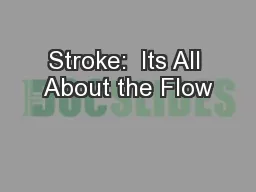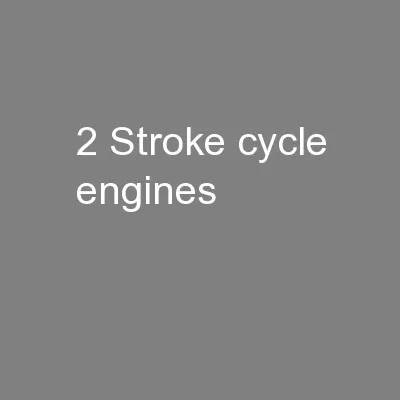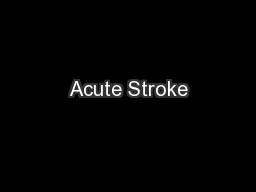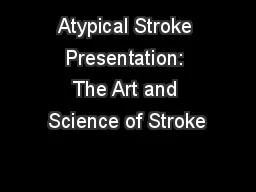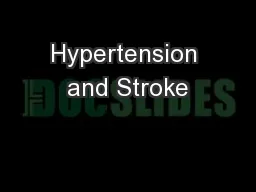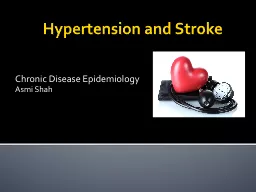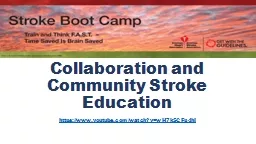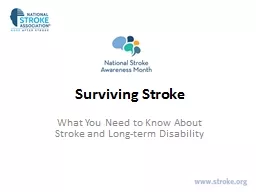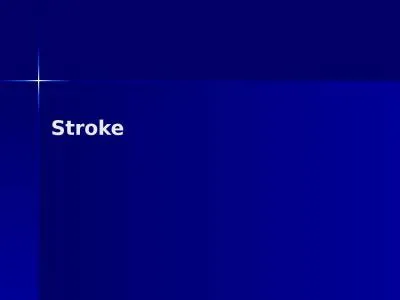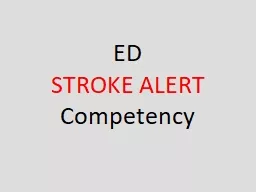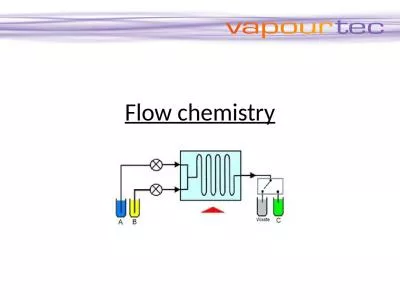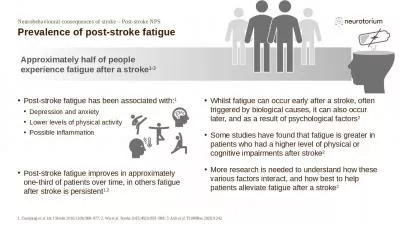PPT-Stroke: Its All About the Flow
Author : olivia-moreira | Published Date : 2018-09-22
Gregory S McGee MD FACS RVT Speakers Disclaimer Gregory S McGee MD FACS RVT does not have any financial conflicts to disclose This presentation is not meant to offer
Presentation Embed Code
Download Presentation
Download Presentation The PPT/PDF document "Stroke: Its All About the Flow" is the property of its rightful owner. Permission is granted to download and print the materials on this website for personal, non-commercial use only, and to display it on your personal computer provided you do not modify the materials and that you retain all copyright notices contained in the materials. By downloading content from our website, you accept the terms of this agreement.
Stroke: Its All About the Flow: Transcript
Download Rules Of Document
"Stroke: Its All About the Flow"The content belongs to its owner. You may download and print it for personal use, without modification, and keep all copyright notices. By downloading, you agree to these terms.
Related Documents

